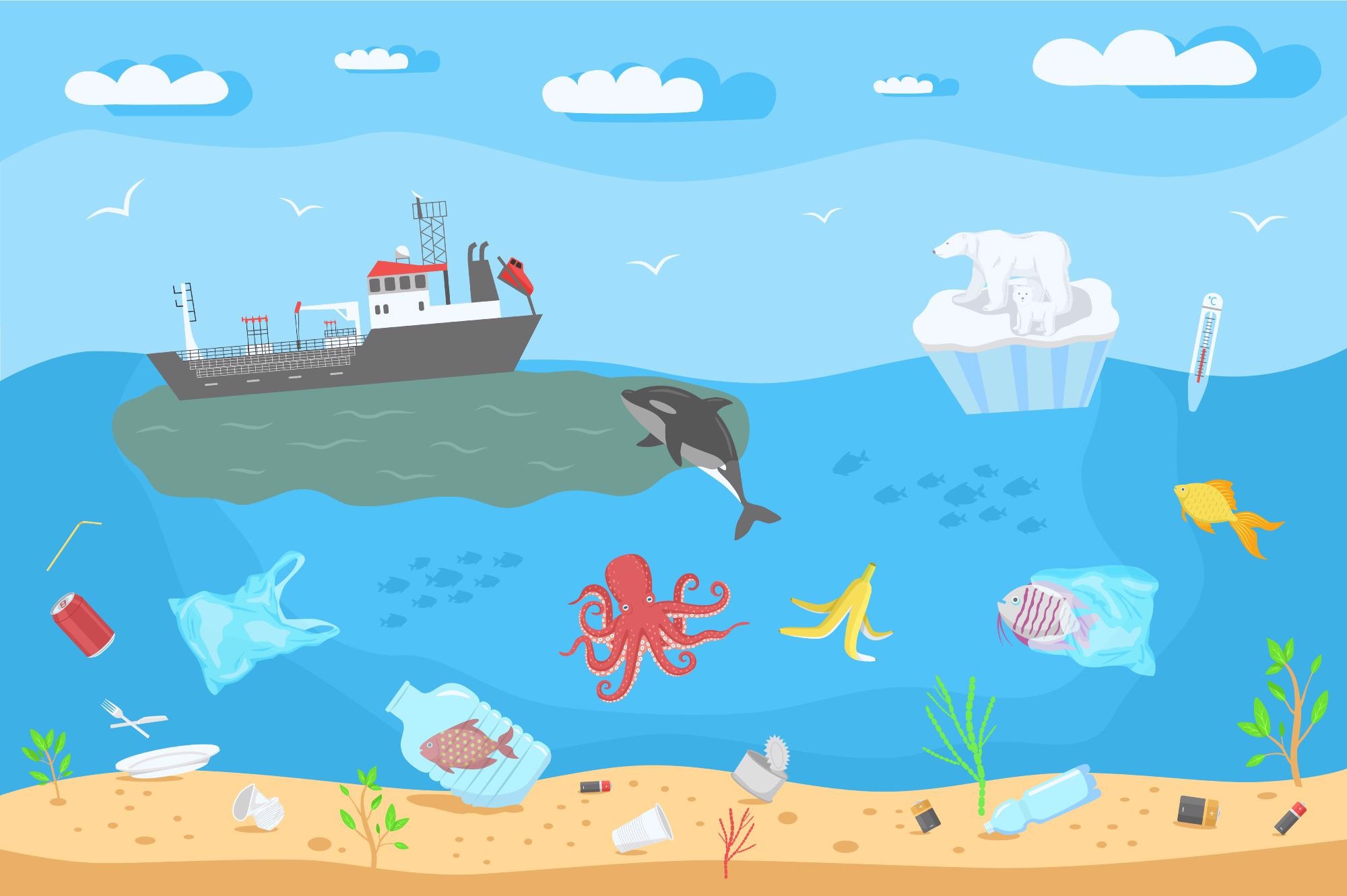Exceedingly warm ocean temperatures pushed by climate change are considered to be the new normal. This was revealed by the New Monterey Bay Aquarium-led study.

Image Credit: Shutterstock.com/ Lilkin
Over half of the ocean surface has surpassed a historical heat extreme threshold on a regular basis since 2014, as reported in the journal PLOS Climate.
Furthermore, the scientists feel that it is these heat extremes that tend to grow the risk of collapse for crucial marine ecosystems, such as kelp forests, seagrass meadows and coral reefs — varying their structure and function, and menacing their capacity to continue to offer life-sustaining services to human communities.
Scientists performed the study by mapping 150 years of sea surface temperatures to identify a fixed historical standard for marine heat extremes. Furthermore, the researchers looked at how frequent and how much of the ocean exceeded this point.
The first year in which over half of the ocean underwent heat extremes was in 2014. The trend continued in the following years, achieving 57% of the ocean in 2019, which was the last year measured in the study. By making use of this benchmark, only 2% of the ocean surface was facing extremely warm temperatures at the 19th century’s end.
Climate change is not a future event. The reality is that it’s been affecting us for a while. Our research shows that for the last seven years more than half of the ocean has experienced extreme heat.
Dr. Kyle Van Houtan, Head of Research Team, Nicholas School of the Environment, Duke University
Van Houtan added, “These dramatic changes we’ve recorded in the ocean are yet another piece of evidence that should be a wake-up call to act on climate change. We are experiencing it now, and it is speeding up.”
Van Houtan headed the research team at the time of his tenure as chief scientist for the aquarium.
The research grew from an individual study into the history of kelp forest changes across California. Van Houtan and his team found that sea surface heat extremes, which are the main stressors for canopy kelps, needed to be measured and mapped along the California coast across the past century.
Then, the scientists decided to expand the study beyond California to better comprehend the long-term frequency and location of extreme marine heat throughout the global ocean surface.
With the help of historic records, aquarium researchers initially determined the average ocean’s surface temperatures from 1870 to 1919. Further, they found the most dramatic ocean warming that happened during that period. This is the top 2% of temperature increases — and characterized that as so-called “extreme heat.”
Then, the team mapped the extremes with respect to time, thereby reviewing if they occur usually or turn out to be more often.
Today, the majority of the ocean’s surface has warmed to temperatures that only a century ago occurred as rare, once-in-50-year extreme warming events.
Dr. Kyle Van Houtan, Head of Research Team, Nicholas School of the Environment, Duke University
The scientists state that the new normal of severe heat throughout the majority of the ocean’s surface is considered to be the additional proof for the pressing need to considerably decrease emissions from the burning of fossil fuels. This is considered to be the driver of climate change.
When marine ecosystems near the tropics experience intolerably high temperatures, key organisms such as corals, seagrass meadows, or kelp forests can collapse.
Dr. Kyle Van Houtan, Head of Research Team, Nicholas School of the Environment, Duke University
Van Houtan added, “Altering ecosystem structure and function threatens their capacity to provide life-sustaining services to human communities like supporting healthy and sustainable fisheries, buffering low-lying coastal regions from extreme weather events, and serving as a carbon sink to store the excess carbon put in the atmosphere from human-generated greenhouse emissions.”
Journal Reference:
Tanaka, K. R & Van Houtan, K. S (2022) The recent normalization of historical marine heat extremes. PLOS Climate. doi.org/10.1371/journal.pclm.0000007.